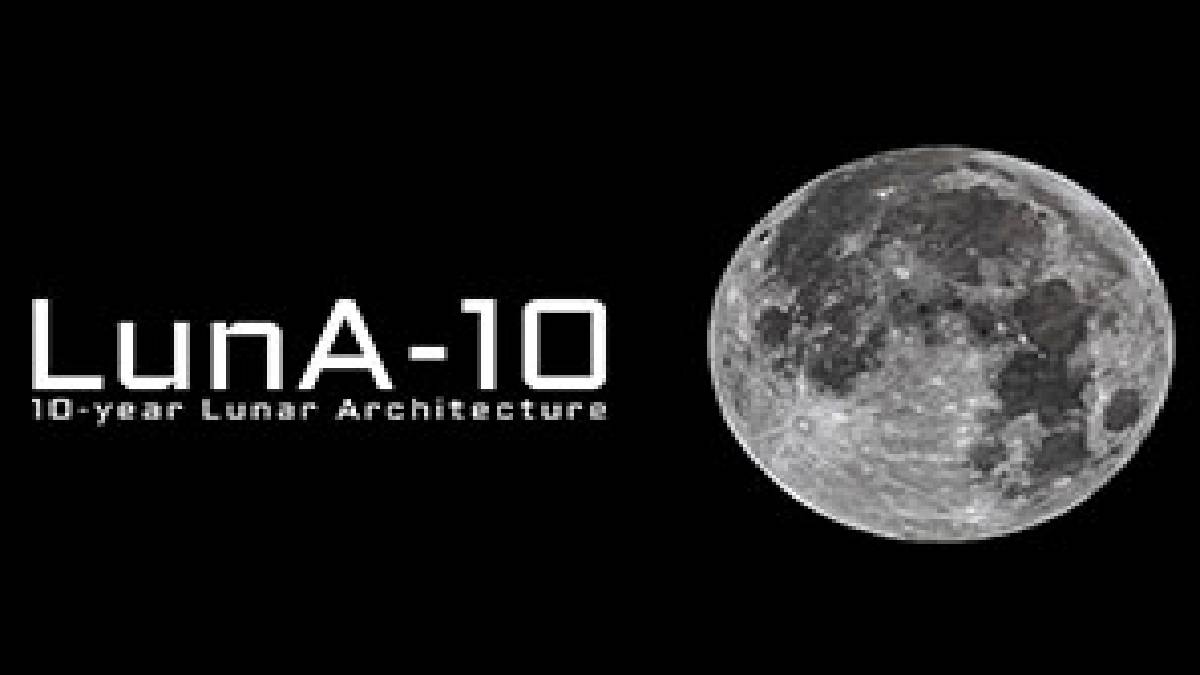New Delhi: The Moon is a hot topic right now. Whether it is about India’s Chnadrayan-3 mission or Russia’s Luna-25, both nations are on their way to land on Earth’s natural satellite. The United States Defense Advanced Research Projects Agency (DARPA, an agency responsible for laying the framework of Integrated Lunar Infrastructure. DARPA Tuesday announced the 10-Year Lunar Architecture (LunA-10) capability study. The initiative is aimed at developing the technology for shareable, scalable and interoperable systems for the generation of services to be monetised.
DARPA is a unit, which manufactures advanced technologies for the US military. All the countries are in the race to establish a sustained long-term presence on the Moon.
Long-term Infrastructure
In the coming years, lunar missions of the future will cease to be just the case of touch-and-go. Instead, both the entities, countries and private companies will be planning to set up a sound long-form infrastructure on the Moon’s surface and its orbit.
DARPA’s Luna-10 is a seven-month-long study, which is trying to find ideas and technology for concepts that could build a lunar economy in the coming ten years.
“A large paradigm shift is coming in the next 10 years for the lunar economy. To get to a turning point faster, LunA-10 uniquely aims to identify solutions that can enable multi-mission lunar systems – imagine a wireless power station that can also provide comms and navigation in its beam,” said Michael Nayak, program manager in DARPA’s Strategic Technology Office, during a press release.
DARPA through its technologies and initiatives have helped carry humanity to the moon in the first place, together with the rocket technology used on the Saturn V, which was used for the Apollo mission.
On the other hand, LunA-10 plans to build on this legacy by singling out and accelerating the technologies, which can form layouts based on both government and private players, as per Nayak.
(Written by- Mahek Nigam)












